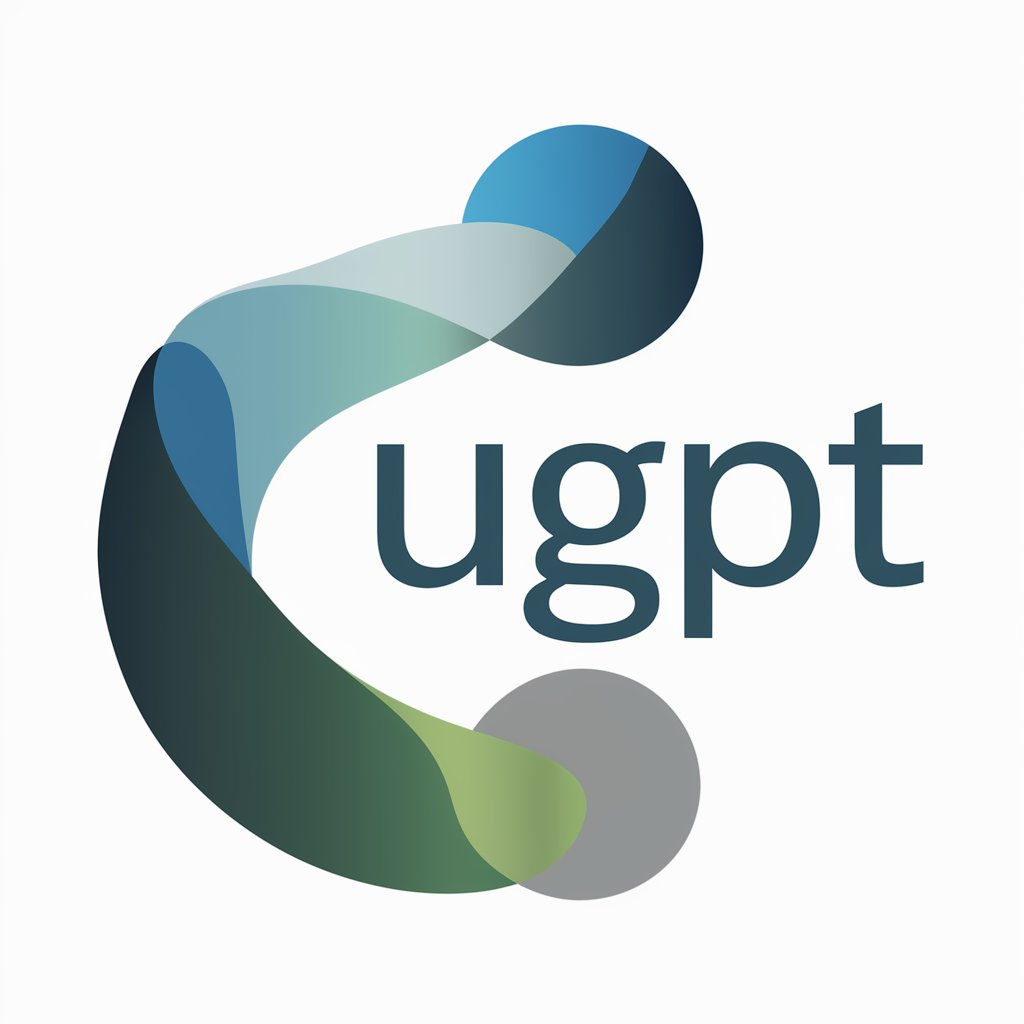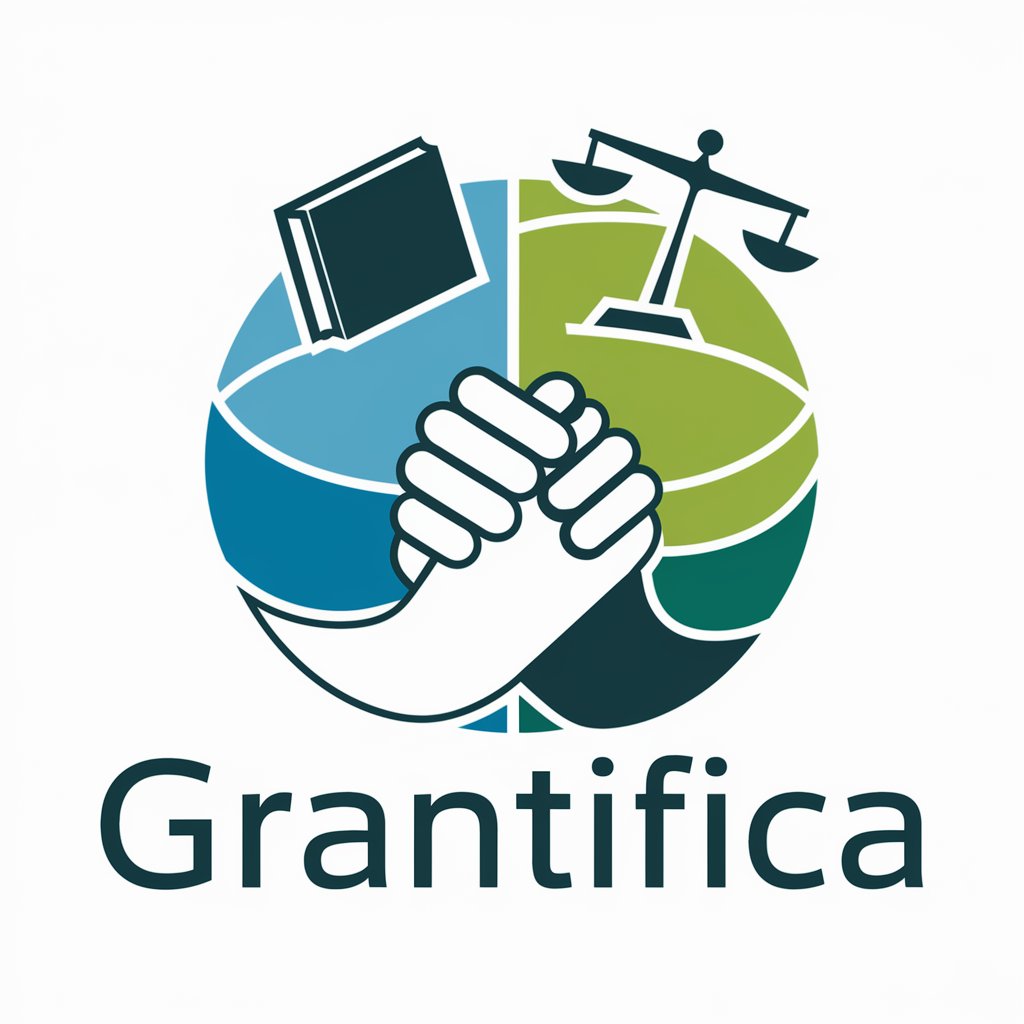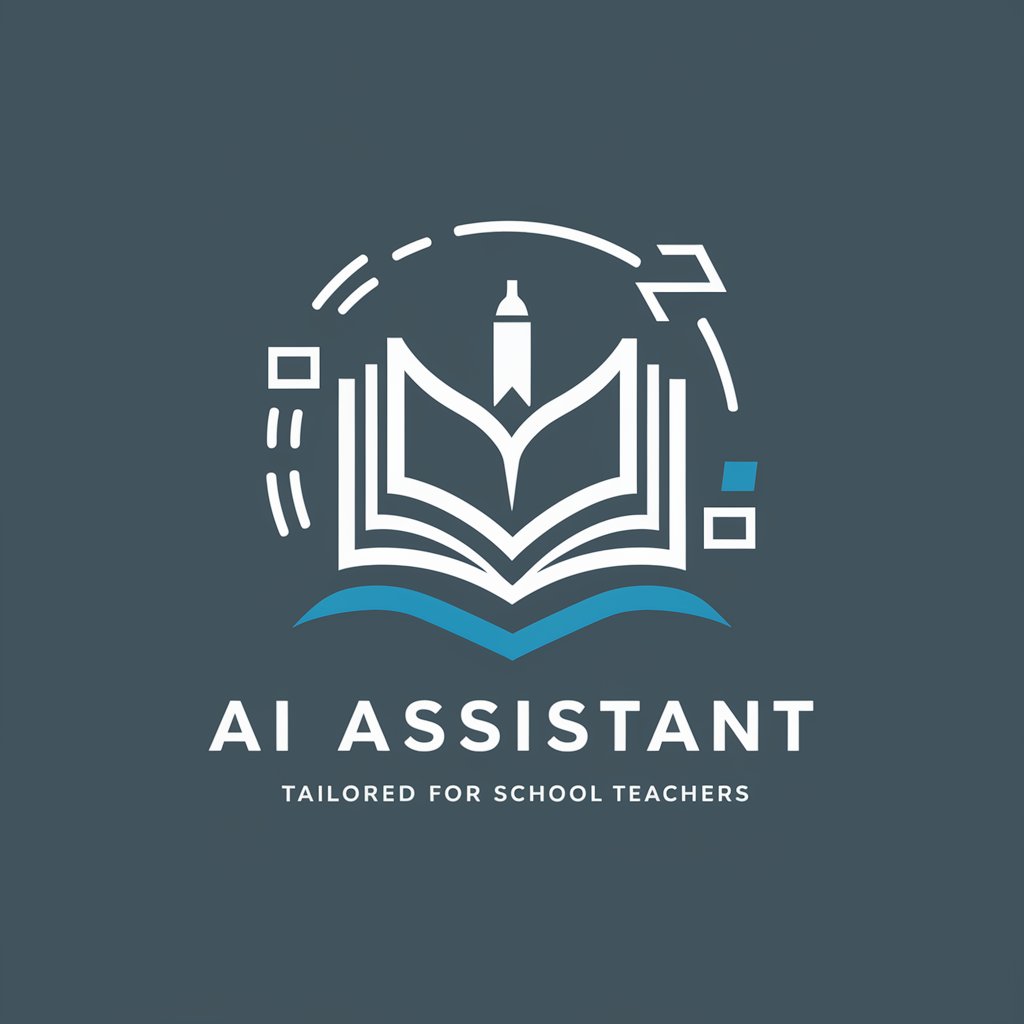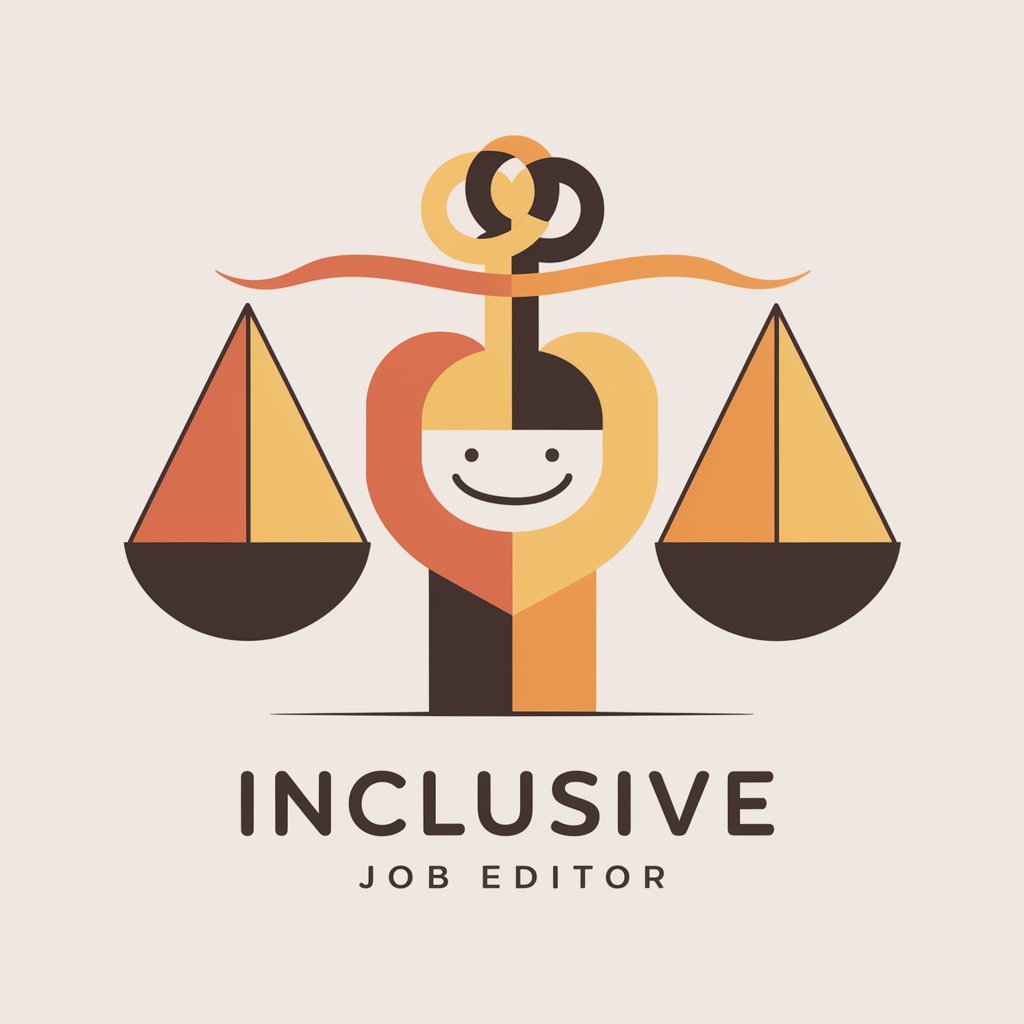11 GPTs for Inclusive Language Powered by AI for Free of 2025
AI GPTs designed for Inclusive Language are advanced generative pre-trained transformers that focus on creating, analyzing, and refining content to ensure it is inclusive and respectful of all individuals. These tools leverage the power of AI to understand and generate language that is free from biases, stereotypes, and discriminatory language. By prioritizing inclusivity, these GPTs provide tailored solutions that foster positive and respectful communication across various domains, making them essential for creating content that respects diversity and promotes equality.
Top 10 GPTs for Inclusive Language are: UX Writer & Localizer,Inclusive Writing Companion,uGPT,Nonbinary,PC Principal,Inclusivity Editor,Health Equity AI,Grantifica,High School Teacher Report Writing,Utopia dpa Schreibweisen-Assistent
UX Writer & Localizer
AI-powered clarity for UX writing

Inclusive Writing Companion
Empowering Inclusive Writing with AI

uGPT
Empowering Inclusivity with AI-Powered Language Transformation

Nonbinary
Empowering gender exploration with AI.

PC Principal
Automated Guardian of Inclusivity

Inclusivity Editor
De-biasing job adverts with AI

Health Equity AI
Empowering communication with AI-driven equity.

Grantifica
Empowering your grant applications with AI

High School Teacher Report Writing
AI-powered, personalized academic reporting.

Utopia dpa Schreibweisen-Assistent
Adapting language with AI-powered precision.

Inclusive Job Editor
Crafting inclusive job listings with AI

Essential Attributes of Inclusive Language GPTs
These AI GPTs tools boast unique features tailored for promoting inclusivity through language. They adapt to various levels of complexity, from simple text generation to comprehensive language analysis, ensuring content is free from bias. Special features include sensitivity checks, context-aware language suggestions, and the ability to learn from diverse data sets. Additionally, these tools may offer technical support, web searching capabilities, and the integration of image creation and data analysis to enhance inclusivity in all forms of content.
Who Benefits from Inclusive Language AI Tools
AI GPTs for Inclusive Language are invaluable for a wide audience range, including novices seeking to learn about inclusive communication, developers integrating inclusivity into applications, and professionals across fields aiming to ensure their work is respectful and welcoming to all. These tools are accessible to users without programming skills, offering intuitive interfaces, while also providing extensive customization options for those with technical expertise.
Try Our other AI GPTs tools for Free
Riding Skills
Discover how AI GPTs for Riding Skills transform the learning and enhancement of riding abilities, offering tailored advice, analytics, and support for riders at all levels.
Maintenance Mastery
Discover AI GPTs for Maintenance Mastery, leveraging advanced AI to transform maintenance with predictive insights, troubleshooting, and real-time monitoring for various industries.
Partnership Proposals
Discover how AI GPTs transform partnership proposal creation, offering tailored, efficient solutions for drafting, analyzing, and optimizing partnerships with advanced AI technology.
Dream Diary
Discover the transformative power of AI GPTs for Dream Diary, designed to unlock the mysteries of your dreams through advanced analysis and insights.
Affiliate Blogging
Unlock the potential of affiliate blogging with AI GPTs. Leverage cutting-edge tools for content creation, SEO, and data analysis to drive traffic and boost conversions.
Economic Data
Discover how AI GPTs for Economic Data leverage machine learning and NLP to analyze trends and forecasts, offering tailored insights for economic and financial decision-making.
Expanding the Impact of Inclusive Language AI
Beyond their core functionality, these AI GPTs tools offer the potential to transform various sectors by integrating inclusivity into every aspect of communication. With user-friendly interfaces and the option for advanced customization, they can adapt to diverse needs, ensuring that inclusivity becomes a foundational element in content creation, analysis, and communication strategies across industries.
Frequently Asked Questions
What exactly are AI GPTs for Inclusive Language?
They are AI-powered tools designed to generate, analyze, and refine language to ensure it is inclusive, respectful, and free from bias, using the capabilities of generative pre-trained transformers.
How do these tools ensure language inclusivity?
By analyzing content for biases, stereotypes, and discriminatory language, and suggesting or generating alternatives that are inclusive and respectful.
Can non-technical users utilize these AI GPTs effectively?
Yes, these tools are designed with user-friendly interfaces that require no programming knowledge, making them accessible to a broad audience.
Are there customization options for developers?
Absolutely, developers can access APIs and programming interfaces to tailor the functionality of these tools to specific needs and integrate them into existing systems.
What makes these GPTs different from regular AI language models?
These GPTs are specifically trained on diverse and inclusive data sets and are equipped with features that prioritize the creation of content that respects all individuals.
Can these tools be integrated into existing content management systems?
Yes, with API access, these tools can be seamlessly integrated into existing workflows and content management systems to ensure inclusivity in all published content.
Do these AI tools offer support in languages other than English?
Many of these tools are designed to support multiple languages, making them versatile solutions for global inclusivity efforts.
How do these tools learn and improve over time?
Through continuous learning from a wide range of data sources and user feedback, these tools adapt and refine their ability to detect and suggest inclusive language.